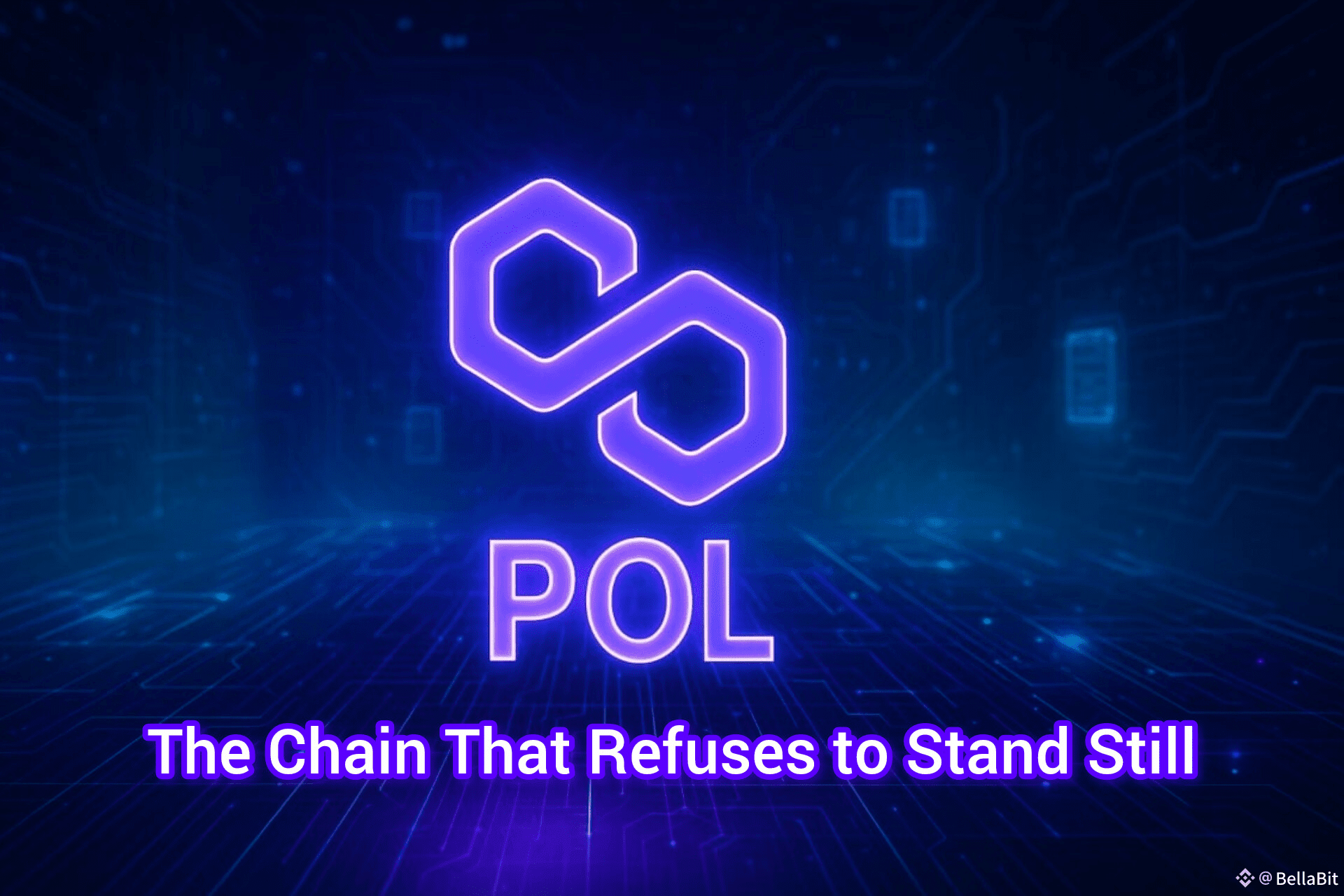Polygon began as a solution to enhance Ethereum’s speed, but it has since evolved into a comprehensive platform addressing real-world finance, payments, digital assets, and large-scale application infrastructure. Its overarching goal remains the same: making cryptocurrency function like traditional money—fast, accessible, and easy to use.
Today, Polygon is more than just a low-fee network. Its architecture is designed to handle thousands of transactions per second while maintaining security and decentralization. The team focuses on achieving a balance between scalability, interoperability, and liquidity, positioning Polygon as a practical blockchain solution for real-world use.
In October 2025, Polygon launched its Rio upgrade, which introduced significant network improvements:
Validator Elected Block Producer (VEBP): Enables processing of up to 5,000 transactions per second while maintaining stable block production.
Stateless Validation: Nodes no longer need to store the entire blockchain history, reducing storage requirements and making node operation faster and more cost-effective.
Instant Finality: Eliminates the risk of reversed blocks, enhancing security and reliability for payments and trades.
These upgrades reinforce Polygon’s commitment to real-world financial applications, including global payments, stablecoin transfers, tokenized finance, and digital wallets. Institutional adoption is growing, with developments such as:
AMINA Bank in Switzerland offering regulated POL staking with up to 15% returns.
AlloyX launching a tokenized money market fund, Real Yield Token, with custody by Standard Chartered.
Co-founder Sandeep Nailwal has highlighted Polygon’s vision to establish itself beyond Ethereum, emphasizing independence and scalability. The Gigagas roadmap aims to scale transaction throughput from 5,000 to 100,000 per second over the coming years, leveraging modular systems like Celestia and expanding the AggLayer infrastructure for unified liquidity across Polygon chains.
The future of Polygon is focused on becoming a core platform for large-scale applications, real-world payments, and financial services. Reduced hardware requirements will enable broader validator participation, strengthening decentralization while ensuring faster, cheaper, and more reliable transactions. Users can expect instant transfers, seamless DeFi interactions, and efficient NFT transactions. Developers benefit from congestion-free infrastructure, predictable fees, and a network designed for global adoption.
Challenges remain: adoption and utility are critical to the success of Rio and the Gigagas roadmap. POL’s value depends on continued demand across transactions, staking, and governance. Competition in the blockchain space is fierce, but Polygon’s active partnerships, robust brand, and real-world traction provide a competitive edge.
Polygon has evolved from a simple Ethereum sidechain to a serious platform bridging traditional finance and decentralized ecosystems. Its mission is to make blockchain technology practical for everyday financial transactions, overcoming longstanding barriers to mainstream adoption. With its bold upgrades and clear focus, Polygon is well-positioned to shape the future of payments, digital assets, and decentralized finance.

